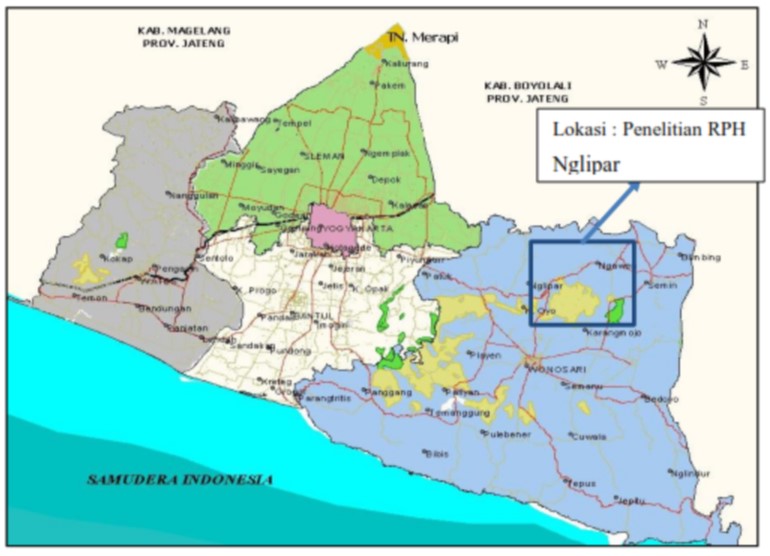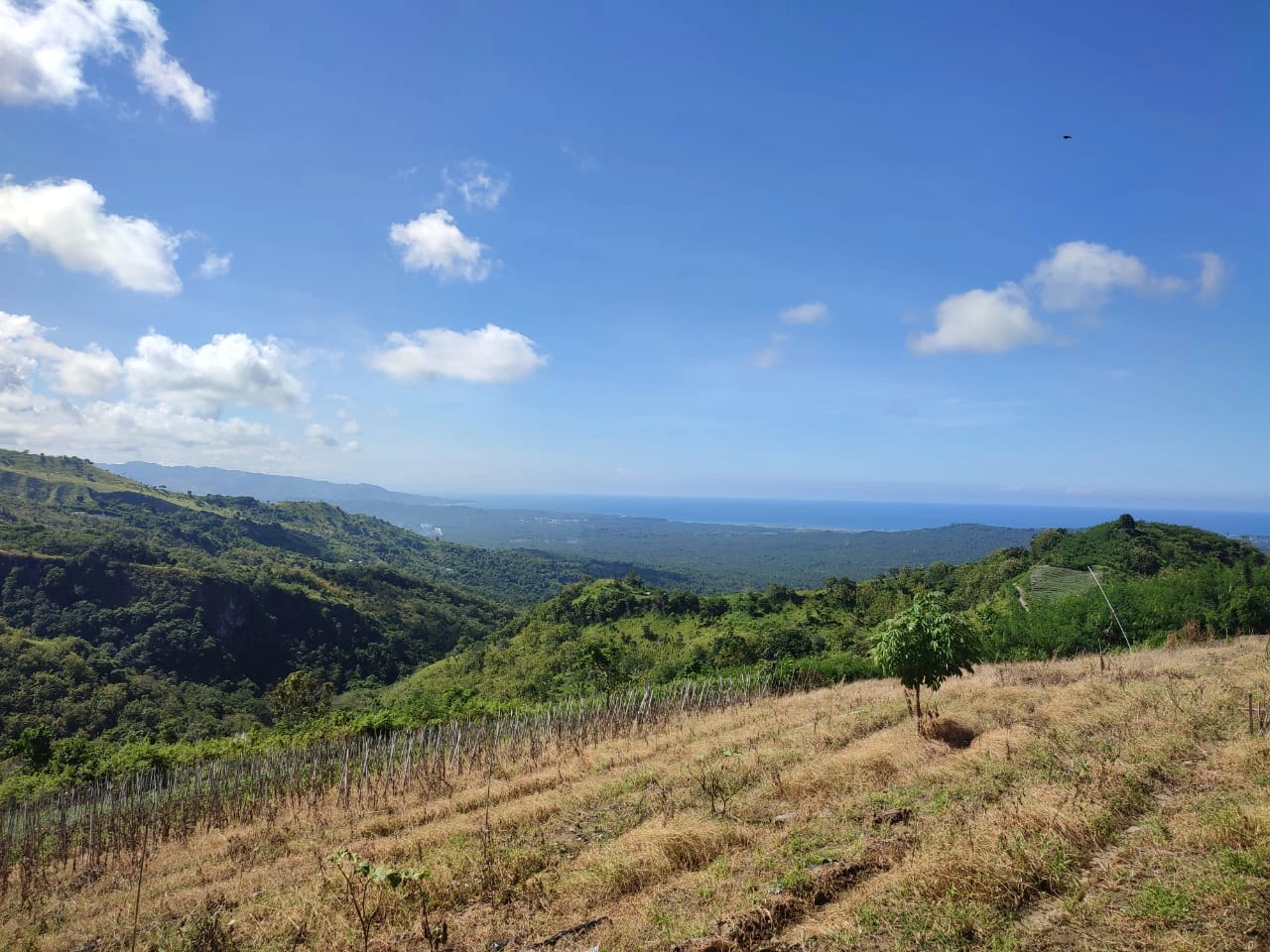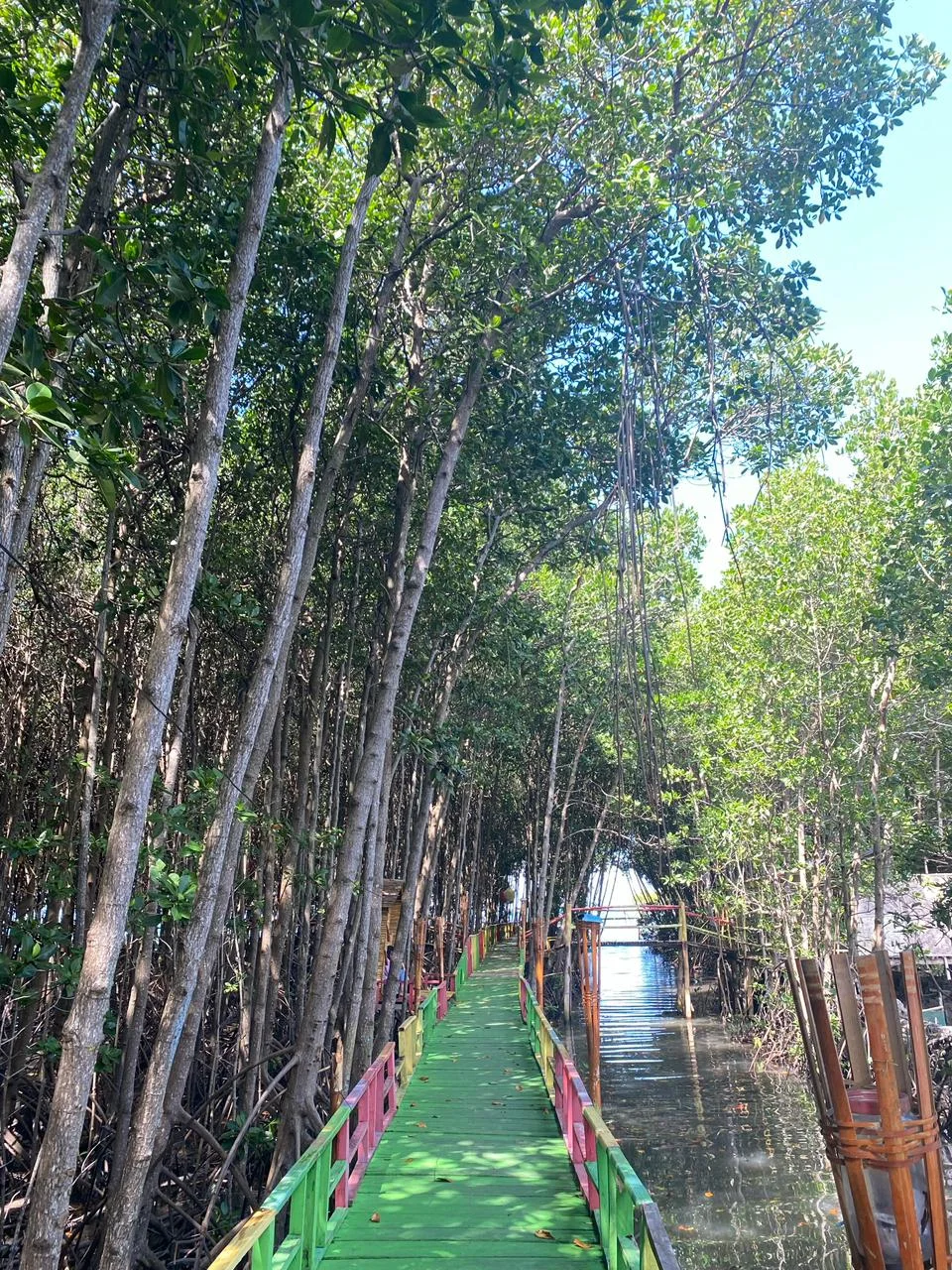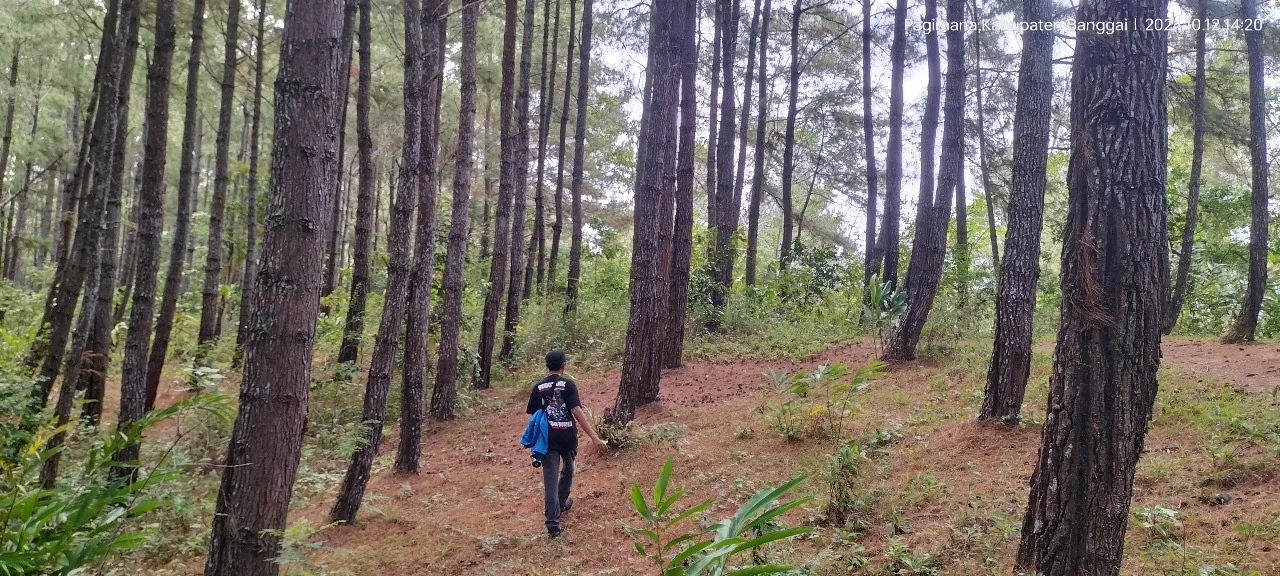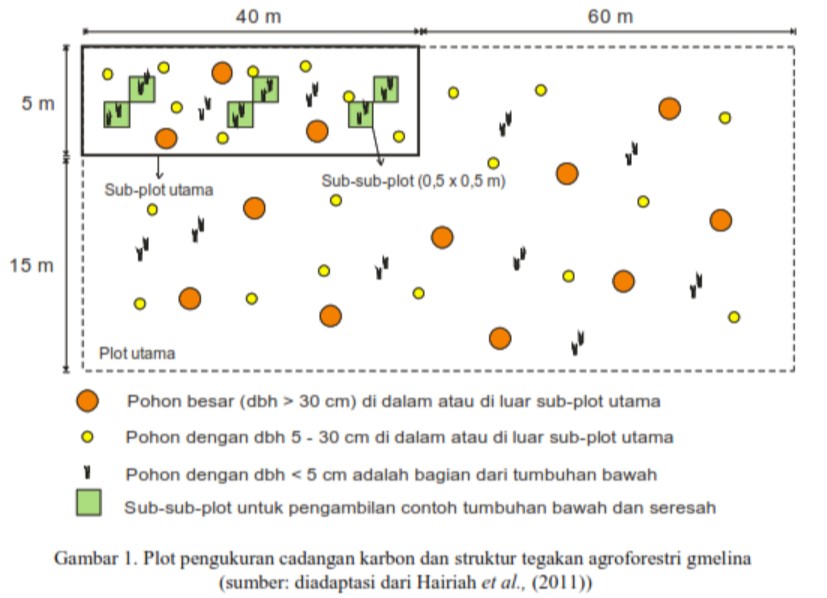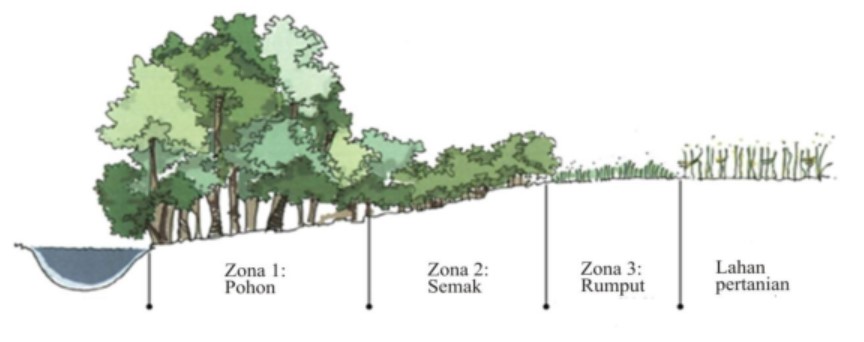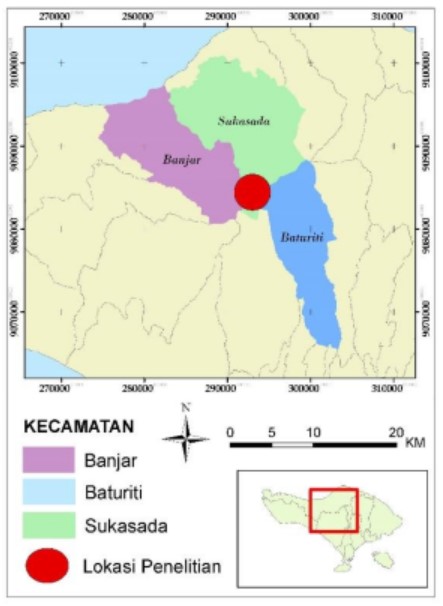Socio Demographic Factors and Work Performance of Forest Workers in Cajuput Leaf Harvesting at RPH Nglipar, KPH Yogyakarta
Abstract
Cajuput leaf harvesting is a technical forest activity of non-timber forest products. The productivity of cajuput leaf harvesting is strongly influenced by aspects of human resource capacity and biophysical aspects. This study aims to identify the socio-demographic conditions of forest workers in cajuput leaves harvesting and to analyze the standards performance of harvesting in FMU Yogyakarta. A survey of 100 samples of workers were used to determine socio-demographic characteristics, while in-depth observations were made on 3 workers with different characteristics to determine work performance. The socio-demographic conditions of workers in the cajuput leaf harvesting are seen from eight characteristics, namely age, gender, education, number of dependents, livelihoods, and land ownership. Workers have an average age of 58 years old and are male. The level of education possessed by workers is dominated by graduating from elementary school (SD) by 64 %. The average number of dependents per worker household is 4 people, with the main livelihood being farmers. The average land ownership of workers in cajuput leaf harvesting is 0.17 ha. The work performance of harvesting for normal people in the FMU Yogyakarta is 72.23 kg / hour.
Hak Cipta (c) 2020 Jurnal Wasian

Artikel ini berlisensi Creative Commons Attribution-NonCommercial 4.0 International License.
Copyright and License
All articles published in Wasian Journal are the property of the authors. By submitting an article to Wasian Journal, authors agree to the following terms:
-
Copyright Ownership: The author(s) retain copyright and full publishing rights without restrictions. Authors grant the journal the right to publish the work first and to distribute it as open access under a Creative Commons Attribution 4.0 International License (CC BY 4.0).
-
Licensing: Articles published in Wasian Journal are licensed under a Creative Commons Attribution 4.0 International License (CC BY 4.0). This license allows others to share, copy, and redistribute the material in any medium or format, and adapt, remix, transform, and build upon the material for any purpose, even commercially, provided that proper credit is given to the original author(s) and the source of the material

This work is licensed under a Creative Commons Attribution 4.0 International License. -
Author's Rights: Authors are permitted and encouraged to post their work online (e.g., in institutional repositories or on their website) prior to and during the submission process, as it can lead to productive exchanges and greater citation of published work.
-
Third-Party Content: If your article contains material (e.g., images, tables, or figures) for which you do not hold copyright, you must obtain permission from the copyright holder to use the material in your article. This permission must include the right for you to grant the journal the rights described above.
-
Reprints and Distribution: Authors have the right to distribute the final published version of their work (e.g., post it to an institutional repository or publish it in a book), provided that the original publication in Wasian Journal is acknowledged.
For the reader you are free to:
- Share — copy and redistribute the material in any medium or format for any purpose, even commercially.
- Adapt — remix, transform, and build upon the material for any purpose, even commercially.
- The licensor cannot revoke these freedoms as long as you follow the license terms.
Under the following terms:
- Attribution — You must give appropriate credit , provide a link to the license, and indicate if changes were made . You may do so in any reasonable manner, but not in any way that suggests the licensor endorses you or your use.
- No additional restrictions — You may not apply legal terms or technological measures that legally restrict others from doing anything the license permits.
Notices:
You do not have to comply with the license for elements of the material in the public domain or where your use is permitted by an applicable exception or limitation .
No warranties are given. The license may not give you all of the permissions necessary for your intended use. For example, other rights such as publicity, privacy, or moral rightsmay limit how you use the material.
Artikel paling banyak dibaca berdasarkan penulis yang sama
- Muhammad Iqbal Nur Madjid Madjid, Dwiko Budi Permadi Dwiko, Wahyu Wardhana Wahyu, Ratih Madya Septiana Ratih , Locals’ Claims of Rights and Access to Forest Resources in Three Forest Management Regimes in Gunungkidul Regency, Yogyakarta , Jurnal Wasian: Vol 9 No 1 (2022): June

